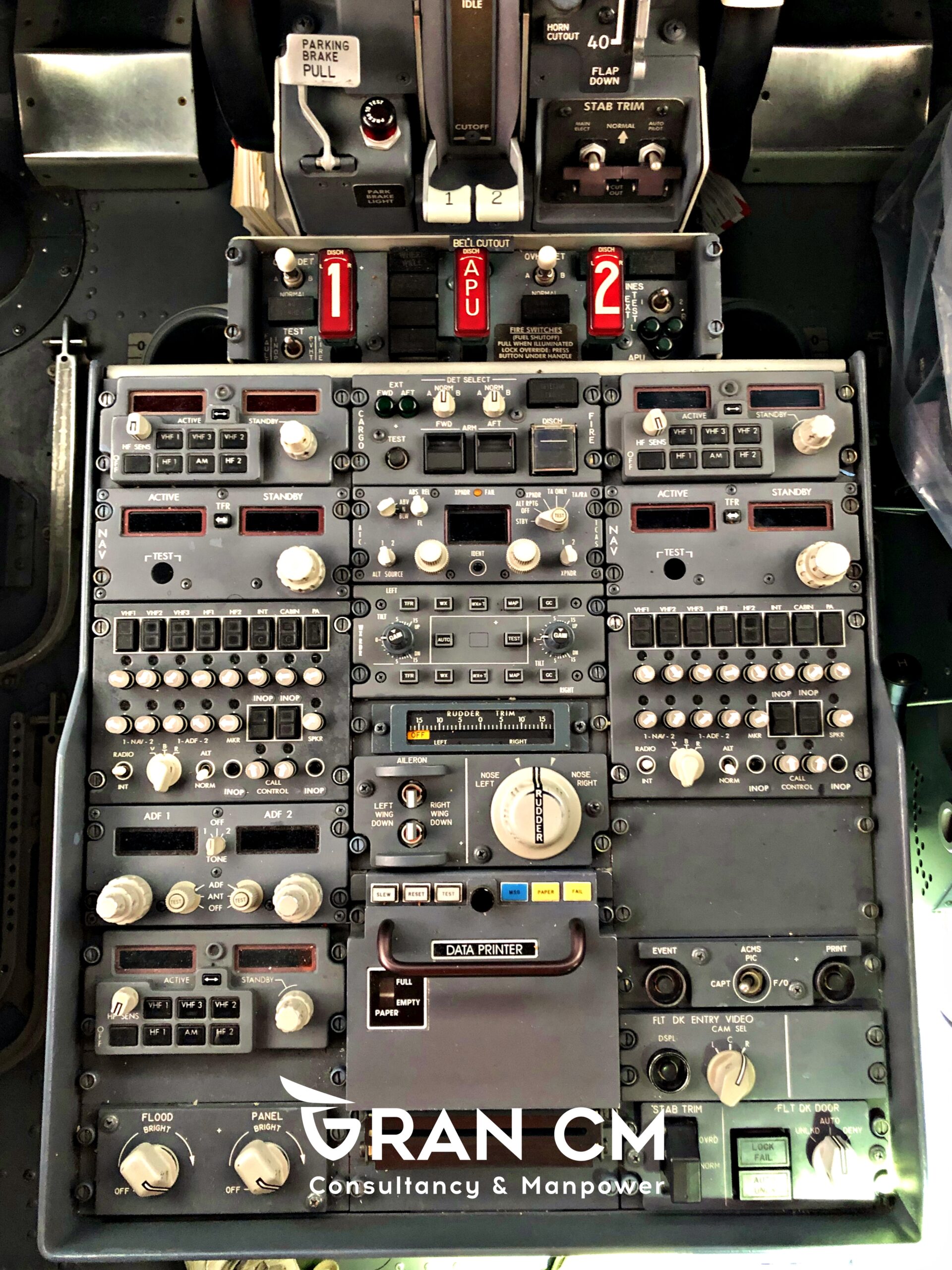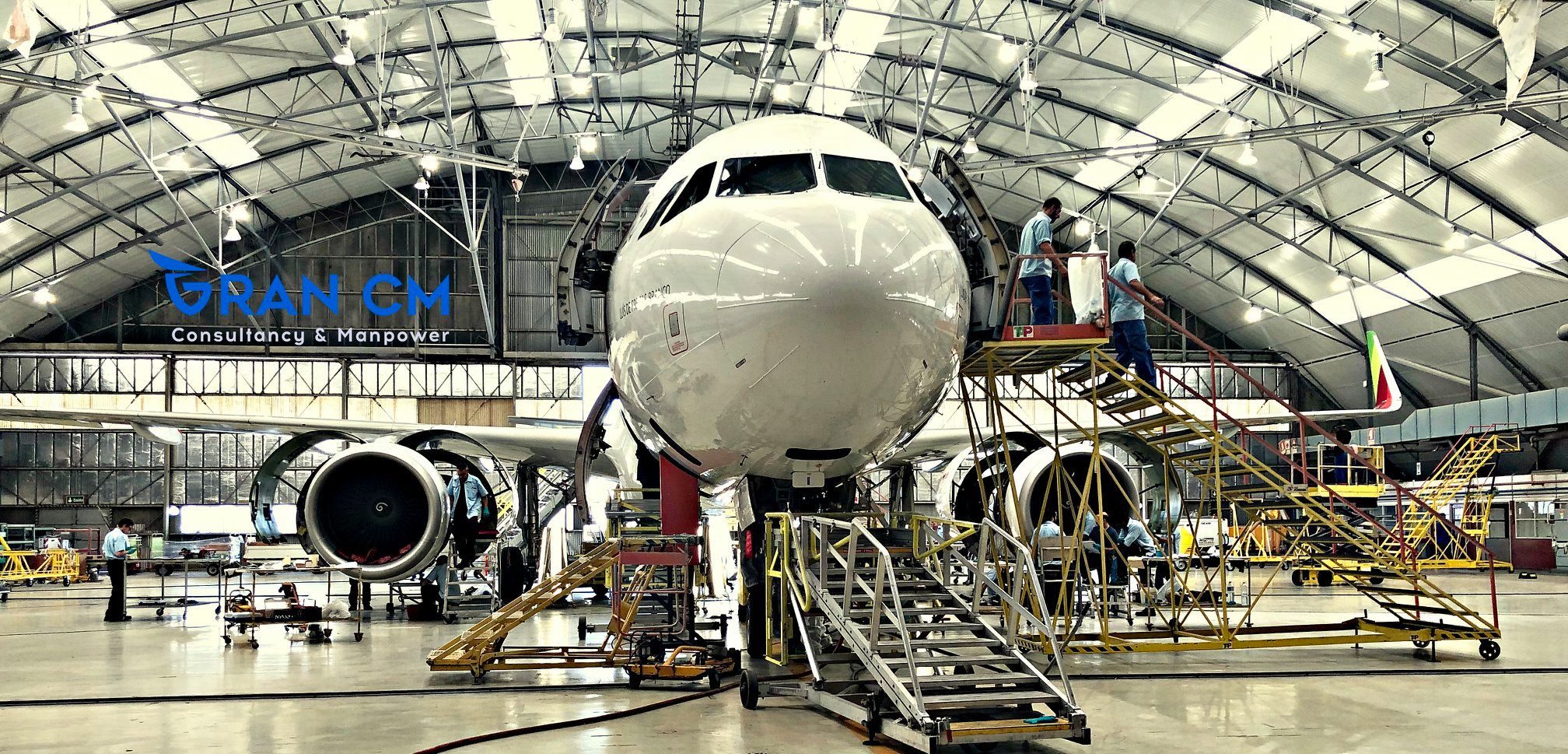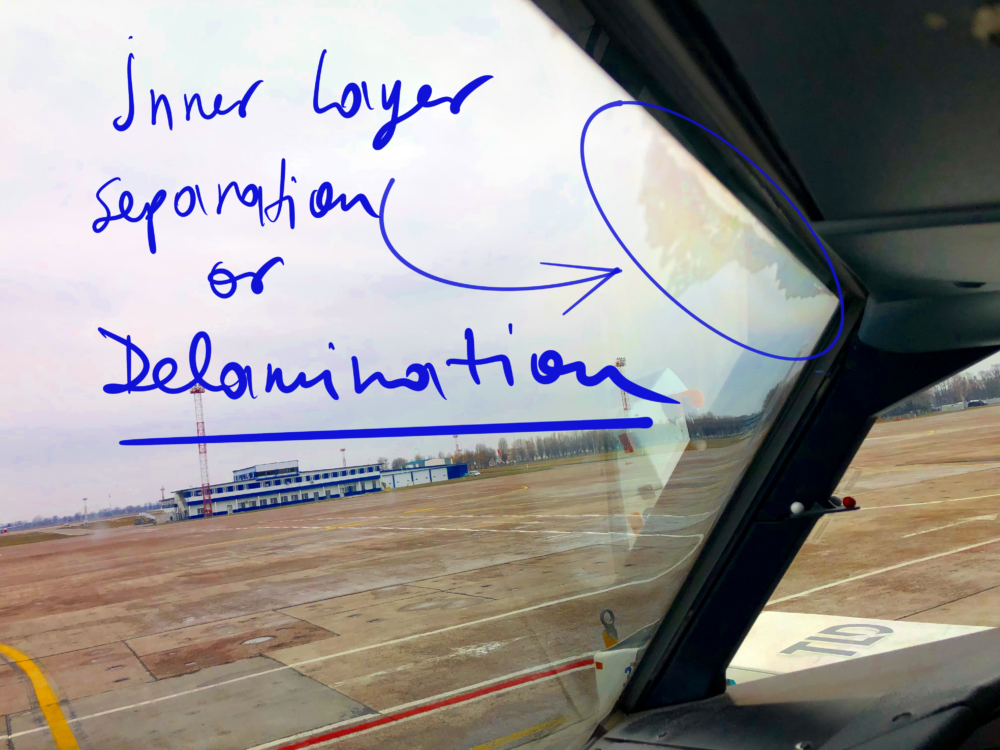If you work or ever worked in an aircraft maintenance organization, a CAMO, Part 145 or Part M anywhere in the world the most often asked question you will hear everywhere is the question WHEN?
This “when” is always until the last moment linked to a task, an aircraft maintenance task that might sound “easy” in some particular cases can involve moving effort, equipment, and personnel.
For example:
- Wheel assy change or “wheel change”
For a car it can be a 10-minute job, I’ve been changing car wheels since University, and my dad had a car shop where the job was focused mainly on tires and wheel balancing and I used to help him do the job every day when visiting him.
For an aircraft, this task is just more than unscrewing and screwing bolts. Let’s go together through the steps we have to follow to do this job:
1. Paperwork
The aircraft mechanic (FAA) or licensed engineer (EASA) doesn’t even get notified of the work if the job hasn’t gone through the proper planning, and the readiness always relies on the effectiveness and expertise of the organization and it’s personnel in charge.
The engineer gets notified and verifies the paperwork for:
1.1. Airworthiness / Aircraft part or component Certificate, in case there are brakes involved a certificate for the brake/s too. These certificates are called 8130 form under the FAA (USA) regulations and Form-1 (EU) under the EASA regulations that are the trace certificate of that a component or aeronautical part, this document must have written in the number of cycles the wheel/brake has/ve been used, which means the number of times it has suffered the impact of landing at certain speed carrying tons of load
– “Imagine how much N newtons pressure an A320 with 70 Tons approx of weight landing on a set of wheels”.
1.2. Work order, the document that gives you the instructions and things to consider to do the job, here a signature and a stamp is expected from the mechanic or engineer in charge after the job is finished.
1.3. Technical references up to date (it is mandatory to use the latest revision available) that indicate in a step-by-step how the job must be done, these technical references are provided only by the aircraft manufacturer, in case the job is an engineering order and you do not know how to apply it airworthiness wise, consult your local airworthiness authority and the aircraft manufacturer, you can also hire experts to guide you through the implementation or retrofit of an engineering order in your aircraft or aircraft fleet.
2. Skills
A task’s work order as mentioned above requires a signature and a stamp or the organization’s personnel record tracking number of the mechanic or engineer who is in charge of the job. For this task that is considered as “simple”, in places like Europe the person in charge will have passed all the modules to become an aircraft mechanic + an aircraft type course and the company courses before signing off the job of replacing an aircraft wheel.
There was a case I handled years ago, where the incorrect installation of a nose wheel could have been a contributing factor for leading the LG wheel axle to wear the nose wheel from the inside out, the study was meticulous, and the worn parts were sent to the manufacturer for investigation and an STR (statement technical recommendation) was issued to the operator where it was determined that neither the axle and the wheel are recoverable and later the parts were scrapped, a landing gear can cost from tens of thousands to millions of euro so it was economically tough for the operator to find a way to deal with a loss of a landing gear part all of the sudden.
3. Special Tools
Aircraft tools are not always the tools you find in any store around the block, they have to be specific, in this case, the tightness of each bolt that binds the wheel to the aircraft’s landing gear is both applied and measured in a precise way with a torque wrench. This means that there are specific torque measure restrictions that are subject to the results of studies done by the manufacturers, and if necessary can be adjusted based on the aircraft’s operational experience with the manufacturer’s consent, remember that following the manufacturer standards is not only helps you to avoid huge problems and breaking the law, but also helps you to preserve the physical condition and value of the asset/aircraft.
4. Consumables
As a minimum lockwire is required in order to fixate bolts and components from moving due to vibrations or other factors, the list of consumables is commonly found in the manufacturer’s technical publications.
5. The part itself
One of the actions taken before installing the wheel itself is having the drums or rims pass an NDT (non destructive test) first and inflate the tire with nitrogen gas, the part goes through stores inspections, in other places there are designated engineer inspectors that sign the certificate to release the part from shop or maintenance.
It is of vital importance to have an aircraft maintenance planner engineer behind the jobs, making sure he or she is direct source of solutions and support for those who are executing each maintenance task, planning ahead constantly and re-adjusting if necessary in order to bring efficiency and quality, consultants cover this job as well..
For other topics related to airworthiness such as: Aircraft Maintenance Programs, Asset & digital management, etc) feel free to visit our blog.
For consulting services, feel free to fill in the form, the estimate is free.
Subscribe:
Attention aviation enthusiasts! Soar to new heights with our blog, where we share the latest updates, insights, and stories from the fascinating world of aviation. By subscribing to our notifications, you’ll never miss a post—whether it’s breaking news, detailed analyses of cutting-edge aircraft, or captivating tales from the skies. Join our community of passionate aviators and stay informed, inspired, and engaged with the ever-evolving wonders of flight. Subscribe now and keep your love for aviation flying high!




November 16, 2020, 7:24 am
Very very useful and very appropriately explained
November 16, 2020, 11:35 am
Many thanks for the comment Shashi.